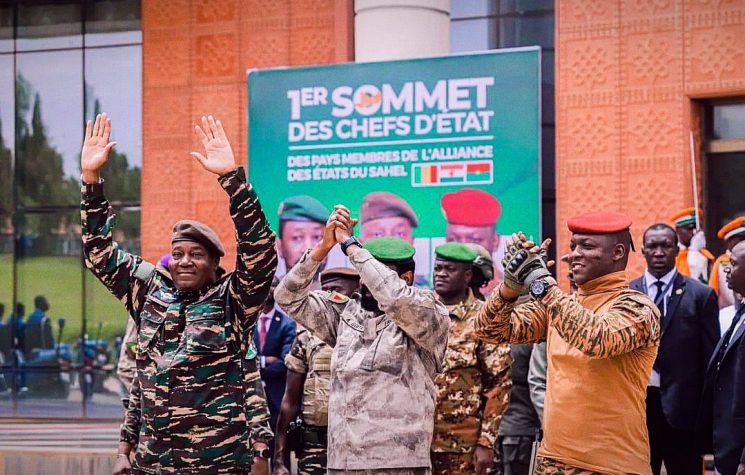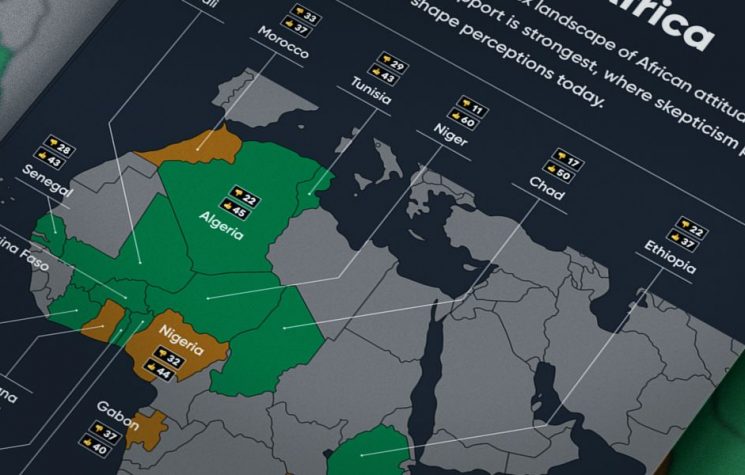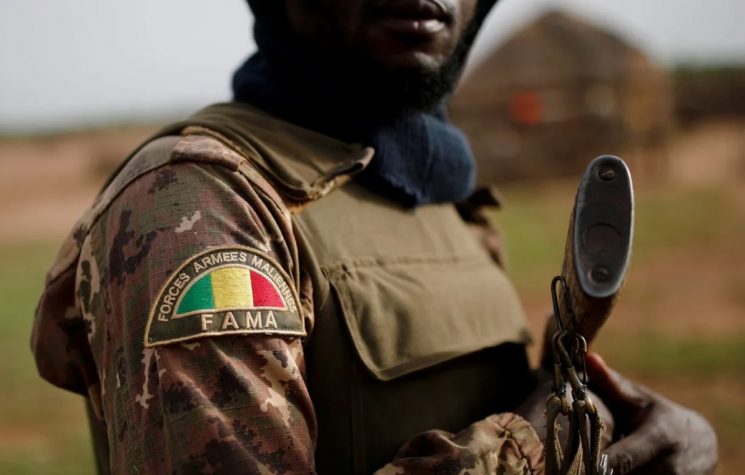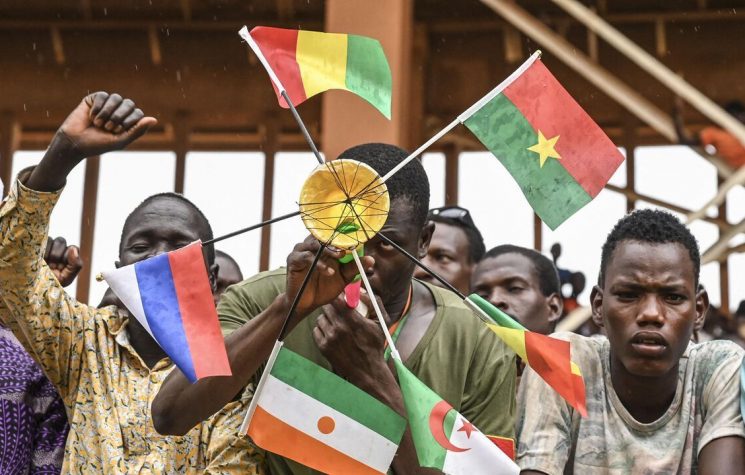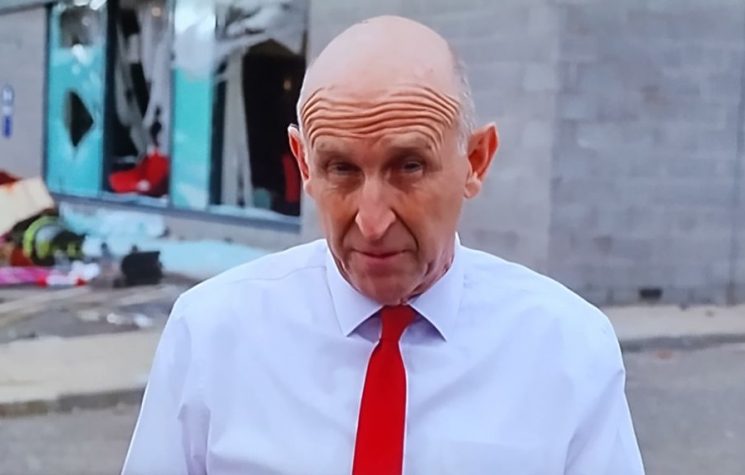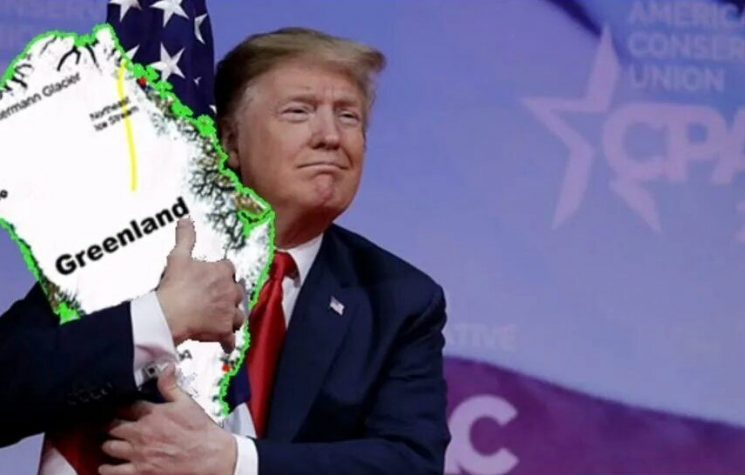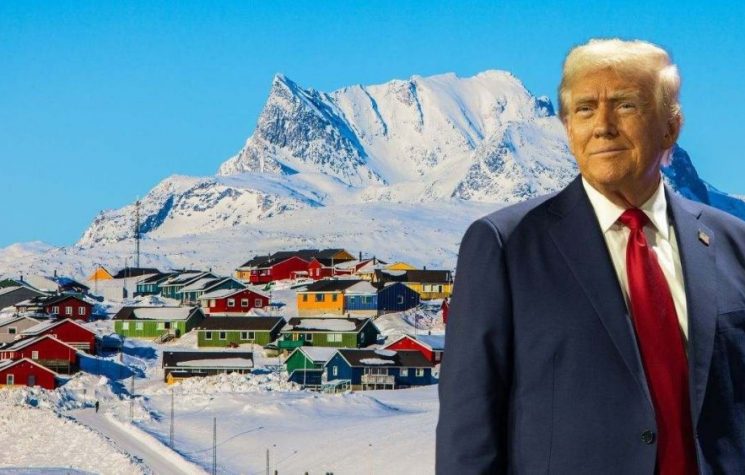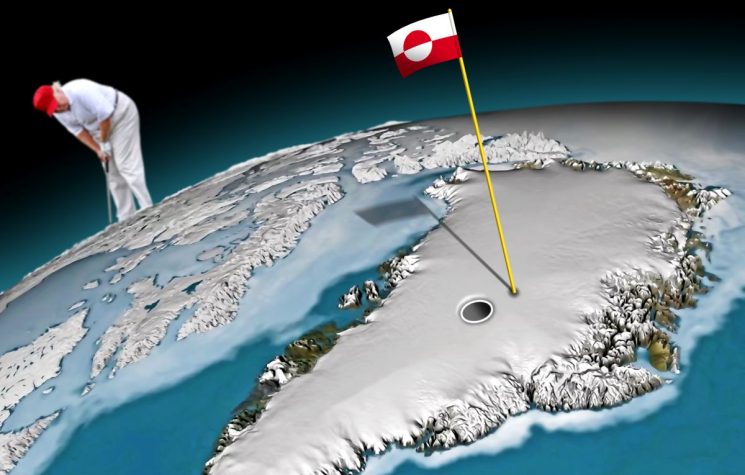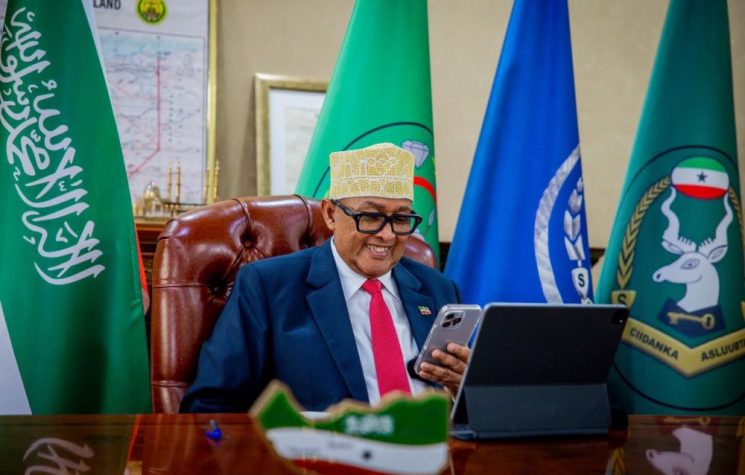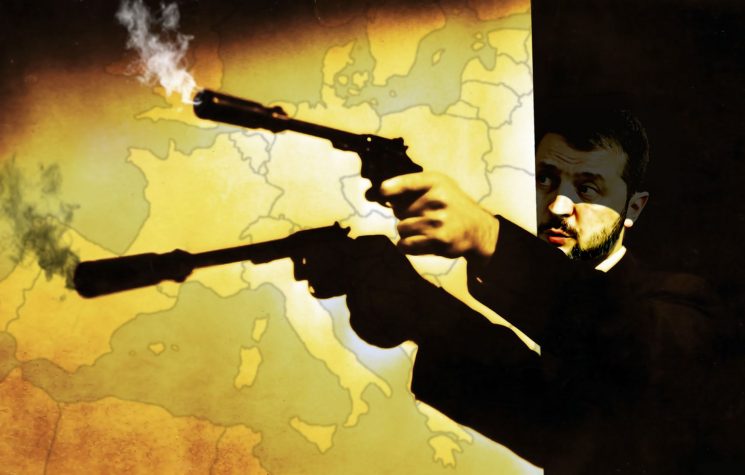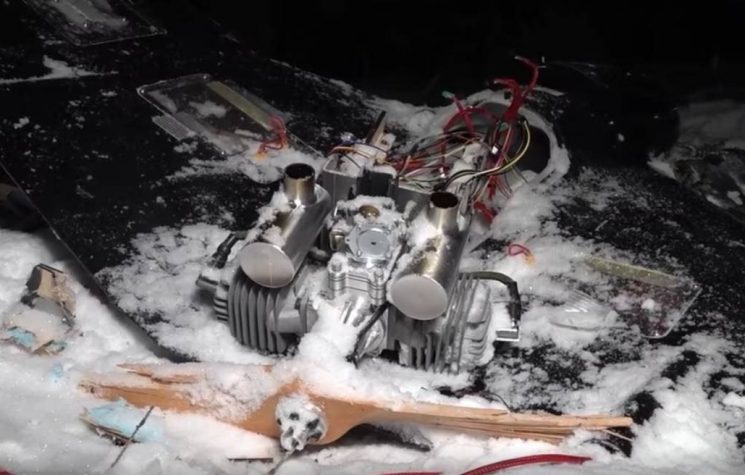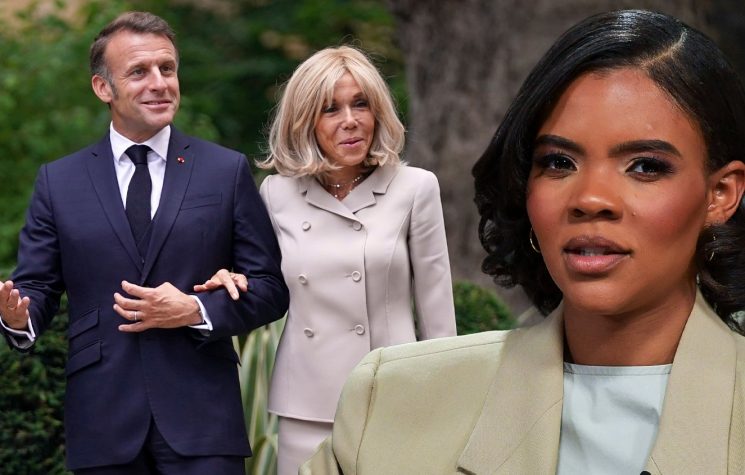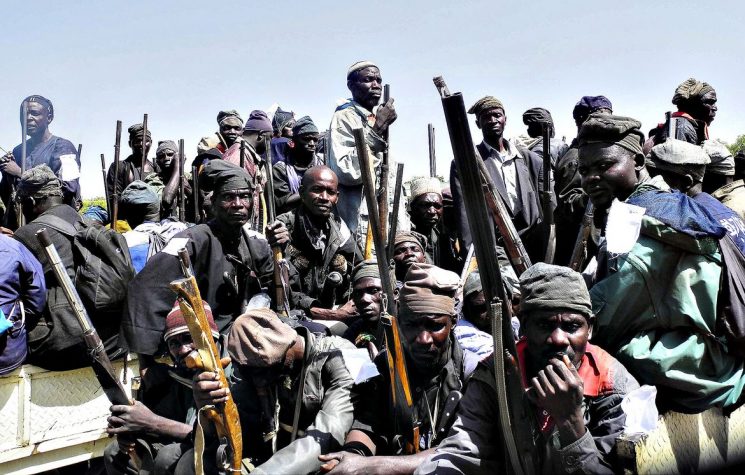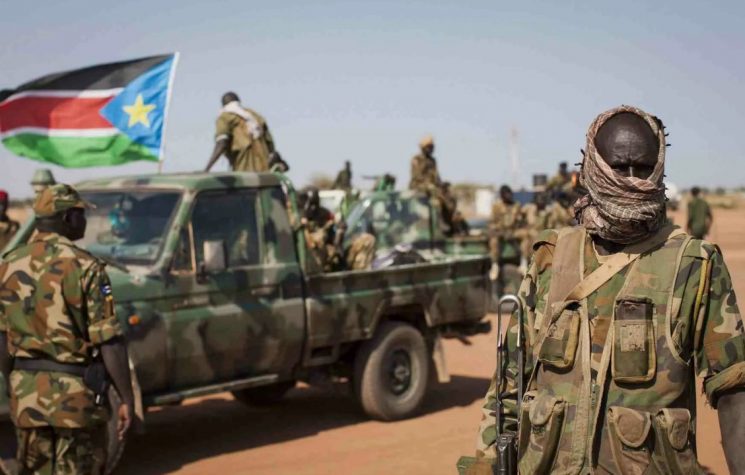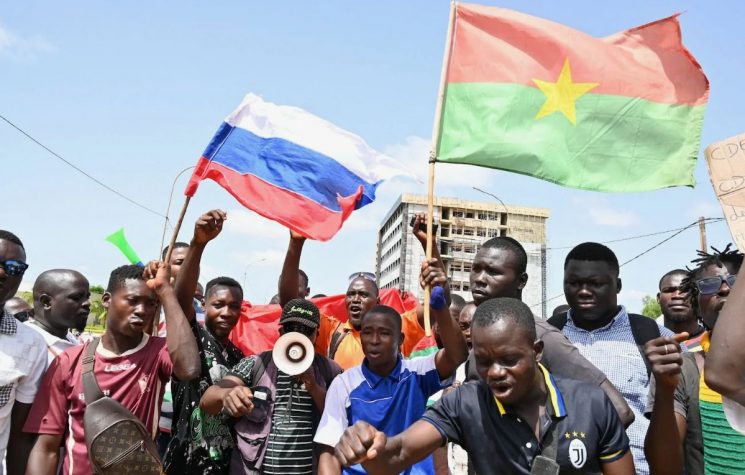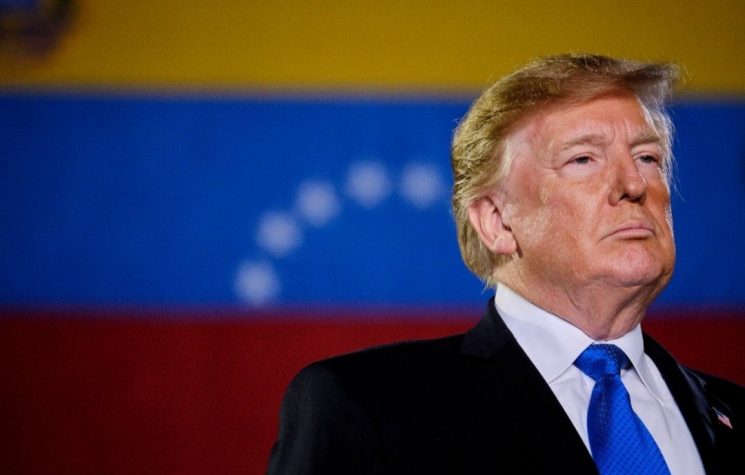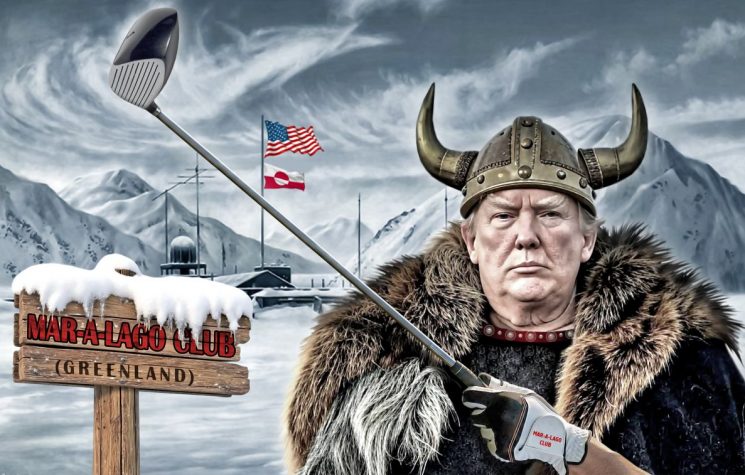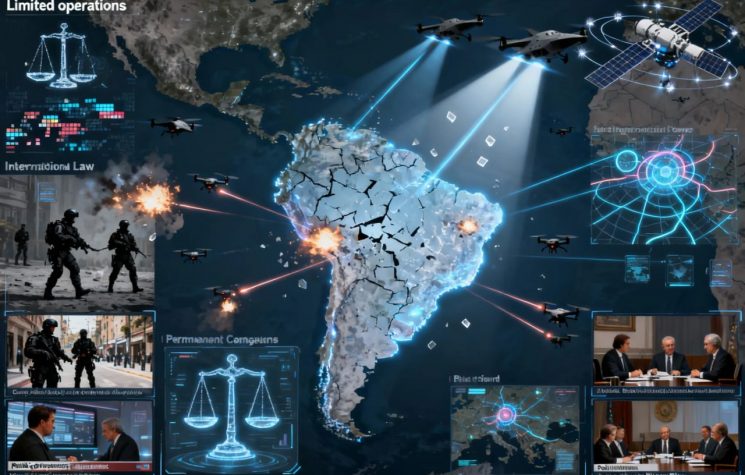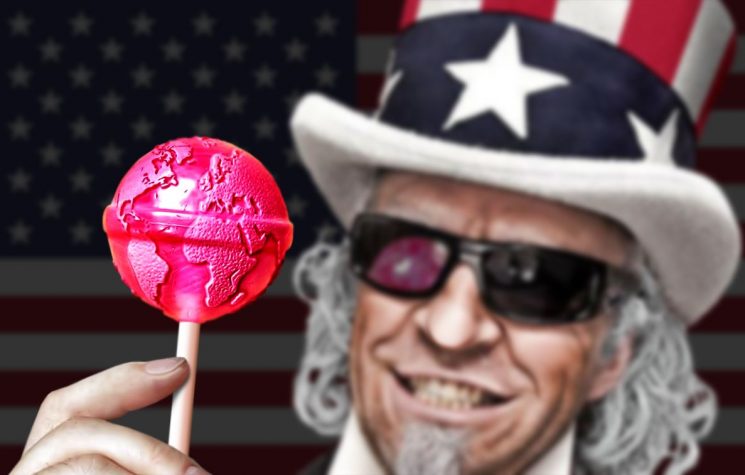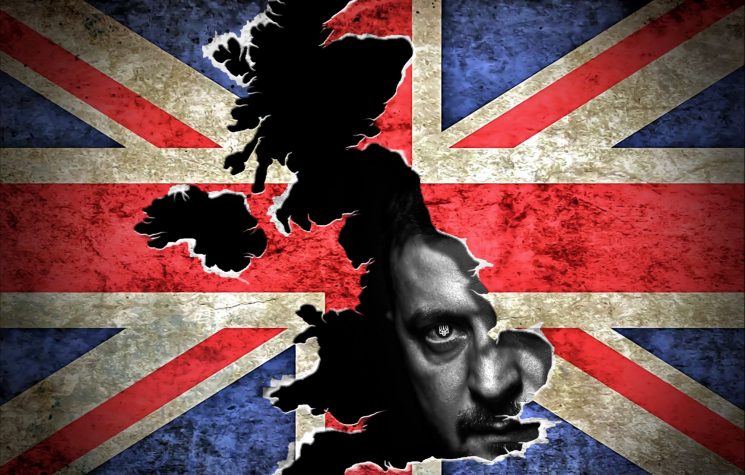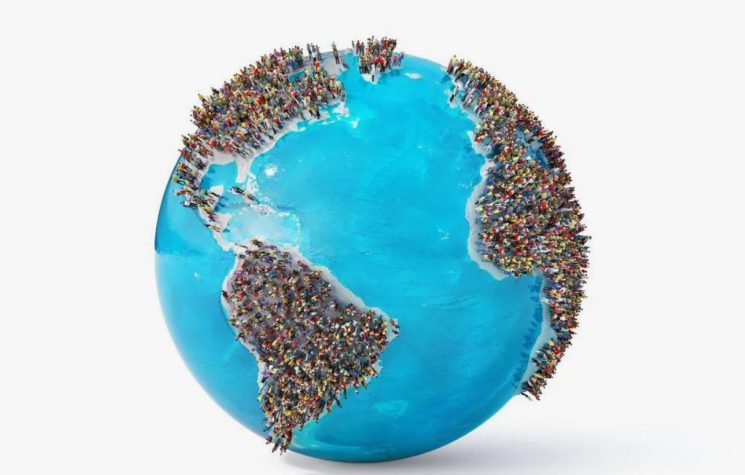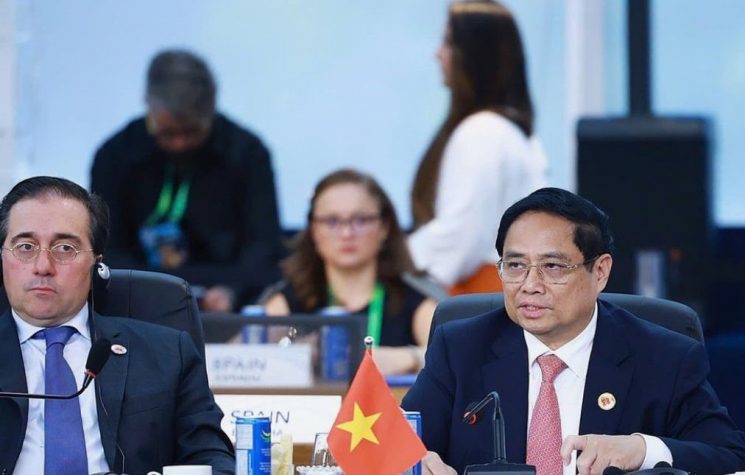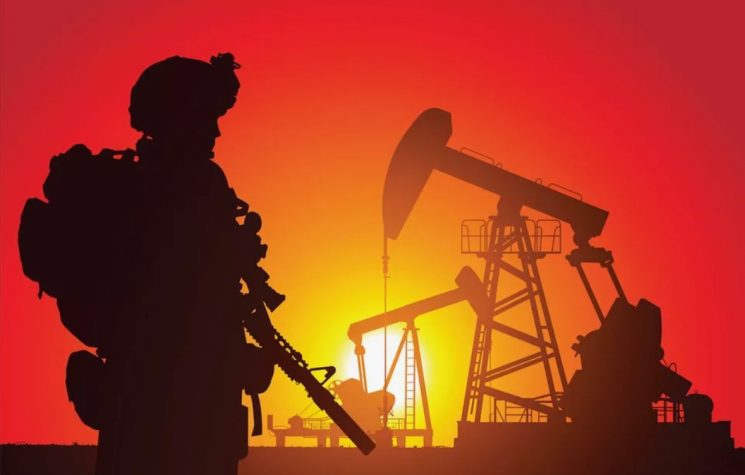Burkina Faso is demonstrating a driving force for many that was unexpected, Lorenzo Maria Pacini writes.
Contact us: info@strategic-culture.su
‘Africa continues to rise up and delivers surprises. In recent days, several African leaders have made diplomatic trips that are reshaping the geometries of the international chessboard. The SAHEL Alliance states are charting a watershed that could divide Africa in two and determine a new historical course for the entire continent.
The African Heartland
To understand the geopolitical significance of these events, a premise should be made.
Let us look at the geography of Africa, the Great Continent: the states of the SAHEL Alliance are, at present, Mauritania, Mali, Burkina Faso, Niger and Chad. The agreement provides for joint and mutual actions against external aggression and internal threats, promotes an adherence to multipolarity, and fights against the remnants of Western colonialism. Geographically speaking, these countries are located in the upper-central part of the continent, between the Tropic of Cancer and the Equator, in the “Heart” (Heartland) of Africa. This initial assumption allows us to go on to define-at least as a primordial attempt-the possible “African Heartland,” adopting Halford Mackinder’s definition of classical geopolitics, so that we can gain a deeper understanding of the events taking place in that macro area.
Africa is part of the Island-World, that is, the Earth’s supermass that includes Europe, Asia and Africa, the latter corresponding to the southern flank of the supercontinent. Considering Mackinder’s approach, an important vision of Atlanticist geopolitics is to prevent access to African resources so as to keep Eurasia’s wealth in check. Initially, this would be done not in Africa, but in Eastern Europe itself, fragmenting the borders of the pivotal area; but to the extent that Soviet control in the Heartland did not prove fragile, the thalassocracy had to subjugate the tellurocracy across the Rimland, in the terms defined by Nicholas Spykman, i.e., the entire coastal territorial belt encompassing Europe, North Africa, the Middle East, India, Southeast Asia, along the Sino-Korean coast to the sea. Therefore, even with the Heartland consolidated, the control of Rimland by a hostile power like the U.S. would be enough to suffocate the state in question. This after all is the logic of the fundamental geopolitics of the Yankee presence in Europe, but also of the Vietnam War and the Arab Spring.
Looking at Africa, the Sahara appears in the late Mackinder as part of a “belt of deserts” whose control allows the creation of a form of “natural barrier.” For Atlanticism it represents an area whose control facilitates the control of Rimland. For Russia it represents an area through which pressure on Rimland can be reduced. In today’s geopolitics, primarily in the works of Aleksandr Dugin, the Sahara countries appear in the context of defending Eurasia as a southern border in the case of an alliance between Russia and Arab-Islamic forces.
Now, the entire region of the conflict in question, stretching from the Sahel to the Congo River Delta across West Africa, can be defined as a chaotic zone of fragmentation, which is difficult to stabilize, and the powers have difficulty applying any course of action because of ethnic, religious conflicts, the result of long enduring colonialism.
However, the implementation of a Mali-Burkina-Niger alliance, with the support of Algeria and also a branch from the Central African Republic to the DRC, with Russian support, could remove this region from its characteristic “instability” and make it a strategic region, both for the defense of Eurasia through control of the Sahara and for the control of the macro area itself.
Better still: for the fully independent and autonomous advent of an African Heartland.
At this stage of multipolar transition, the appearance of new Heartlands is a physiological and necessary process for the delicate rebalancing of the new poles.
Partnerships with Russia and China
Both the Russian Federation and the People’s Republic of China have had investments in Africa for a couple of decades already, with very significant active participation, which has been growing in the last couple of years.
Russia is projecting itself into the Sahel with a move that serves Russian interests and, simultaneously, African interests. Russian interests because it allows it to defend the southern flank of Eurasia and respond to the Rimland dispute; African interests because the stabilization of the disputed region (roughly corresponding to France) makes it possible for integrated regional states to control the African Heartland (in alliance with Russia).
Another possible element comes into play, namely, the control of the Sahel and the deconstruction of France as mechanisms to accelerate the collapse of NATO, causing the thalassocracy to lose its Western outpost to pressure from the South combined with European nonconformity.
Issues such as uranium, gold, oil, etc., are relevant, but they are more about “prizes” than the essence of geopolitics. Only now are the Sahel countries beginning to think in terms of management autonomy in geoeconomic affairs, and still the process is not finished. Eradicating colonialism is a path that realistically requires education for at least a couple of generations.
China has invested in infrastructure and social support, promoting high-value regional enrichment that has enabled populations to solve hardships and fight poverty.
Both Russia and China are well aware of a geopolitical truth of great importance, perhaps too much underestimated by many analysts: Africa is a huge continent facing the Atlantic and the Mediterranean … thus a gigantic outpost against NATO and the hegemon in general.
This should not be underestimated: it would not be absurd to see Africa become a direct adversary of the West, but at the moment it is perhaps more urgent to focus on purifying the entities inherited from colonialism and a still significant foreign presence on the continent.
Burkina Faso’s courage
In line with this strengthening of international relations, Burkina Faso is demonstrating a driving force for many that was unexpected.
In recent days, diplomatic delegations have traveled to Moscow to discuss a number of issues kept confidential. The outcome was that new collaborations were announced in trade, culture and the strategic sector. And, most interestingly, in the nuclear sector. In March, Burkina Faso and Russia, through the state energy company Rosatom, discussed a nuclear project in the West African country. Recently, the two sides have begun a dialogue on the prospect of a renewable energy agreement. This new proposal came on the heels of a three-day forum on Russia’s partnership with Burkina Faso, where the road map for starting work was outlined. This means that the Sahel Alliance is getting new sources of energy, and the involvement, seen from the strategic aspect, aims at accelerating African independence and enhancing Russian participation in the continent’s defense.
Prime Minister Kyelem de Tambela announced the country’s willingness to join the BRICS+ partnership by attending the Kazan Summit. Another African state added to the list of candidates. In the sustained discussion during the three days of meetings, important data emerged that make one think about the attractiveness of BRICS for African states:
- The creation of a single BRICS currency with a partial gold base involves African mining countries;
- Russia is working to create a BRICS common repository system to then operate on blockchain platforms;
- Digital financial activities will reduce the global economy’s dependence on the dollar and the pressure it puts on Africa.
These may seem like unimportant points, but considered in the context of the countries in question, the deal becomes more than worthwhile. The West has been taking resources away from Africa; Russia is giving instead. Africans will not forget this help.
Can the Sahel Confederation cut Africa off?
Returning to geopolitical notions, what is happening will inevitably mark an at least initial division of Africa. The horizontal cut could lead to instabilities in the sub-Saharan part, still strongly linked to the West, creating a barrage with the northern part of the continent, which remains a hotspot of access to Europe, both for migration and for trade routes.
To the east, toward the Horn, Africa presents strong instability, with Somalia and Somaliland posing an ongoing risk and influence, including in terms of religious conflicts, that is not easy to manage. Pressure from Arab countries and Western-run terrorism keeps that area, strategically indispensable for pressing Yemen and destabilizing the Arabian Peninsula and the Gulf, in check.
To the south, closest to the Sahel, we have southern Africa, which includes the former Katanga region of the Democratic Republic of Congo (DRC), is rich in critical minerals. Here, China is far ahead of the United States in extracting these minerals after concluding agreements more than a decade ago, but the logistics remain complicated and this is where the United States believes it can compete with China. That is the goal of the Lobito Corridor, announced last year during the G20 summit in Delhi.
The project, initially planned to connect Zambia and the mineral-rich regions of the DRC with the Atlantic via Angola by modernizing a colonial-era railway, now plans to extend to Tanzania, thus becoming Africa’s first transcontinental railway. The latter country also has its share of mineral wealth and is known for its geopolitical balances.
Adding a historical curiosity that may help understanding, Tanzania and Zambia had revolutionary socialist governments during the old Cold War, but they were more aligned with China than with the USSR. As evidence of this, they agreed to host the first modern Silk Road, the TAZARA railway, built by the People’s Republic in the 1970s. It has since become dilapidated, but earlier this year, a few months after the announcement of the Lobito Corridor, China proposed a $1 billion renovation, demonstrating that it is ready to compete with the United States. Tanzania can learn much about how best to move into this geopolitical competition from the Central African Republic and Mali, Burkina Faso, and Niger.
It remains to be seen how the contours of this competition will evolve, but in any case observers should keep an eye on southern Africa in the future, as there is no other region in the world where the United States is trying to seriously compete with China on the infrastructure and resources front. China has by far the advantage because of the lead it accumulated a decade ago, but the United States is not deterred, which is why it announced the Lobito Corridor last September and is now planning to extend it to Tanzania.
The geopolitical balance in this country will play an important role in determining how the situation develops, as will the involvement of the middle powers, particularly India. India is in a unique position to shift the balance of economic influence away from China, not necessarily toward the United States, but in a more neutral direction because of its huge critical mining needs. If successful, India could replicate this policy elsewhere, thus becoming an integral part of its partners’ New Cold War balancing acts. But that is another topic.
The Sahel Alliance can for all intents and purposes create an “above” and “below” Africa, as indeed happens when one acquires the hard task of acting as the Heartland of a large area.
What happens next will depend mainly on the ability of these countries in maintaining the integrity of the African ideological struggle, cooperations with friendly states and the ouster of the last remaining invaders.








